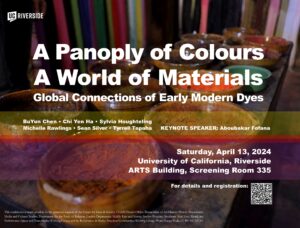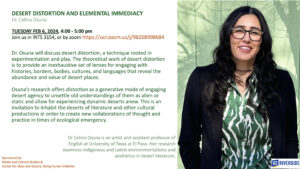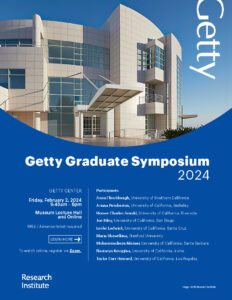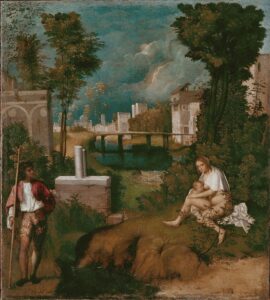 A Panoply of Colours, A World of Materials: Global Connections of Early Modern Dyes
A Panoply of Colours, A World of Materials: Global Connections of Early Modern Dyes
This conference is free and open to the public
Register to attend in-person or via Zoom
Conference attendees should register their vehicle to get access to free parking in Lot 1 Blue: https://www.offstreet.io/location/IB7CPSO8
(for a map of UCR parking lots, click here)
What kinds of histories do textiles and dyes tell? They represent not just culture, artistic expression, and ‘beauty’ but also science, technology, labor, and economics. Their histories are entangled in the histories of commerce, slavery, and colonialism, as well as resistance to them. As dyes come from plants and animals in different ecosystems, how did knowledge about processing and using dyes circulate in the early modern period (before 1850)? Can they help us gain insight into Indigenous forms of knowledge, cultural philosophies, histories of religious conversion, and cultural exchange? How do they expand our understanding of the histories of science and technology? When we foreground the materiality of textiles and dyes, what are the distinct cultural contexts that come into view? What are the spatial relationships, environmental conditions, and technological limitations that become important to understand
—– —– —–
Schedule
9:00 – 9:30 am – Welcome
9:30 – 10:45 am – Keynote by Aboubakar Fofana, “Indigo Pasts and Futures in West Africa: A View from Mali”
10:45 – 11:00 am – Coffee Break
11:00 am – 12:40 pm – Session 1
- BuYun Chen, “From Field to Vat: The Life of Indigo in the Ryukyu Islands”
- Sylvia Houghteling, “Fleeting Dyes and Fresh Fabrics: Perishable Materials in the Eastern Indian Ocean Textile Trade”
12:40 – 1:40 pm – Lunch Break
1:40 – 3:20 pm – Session 2
- Sean Silver, “Early Modern Mordants: History, Theory, and Practice”
- Michelle Rawlings, “The Fading Colors of West Mojave”
- Chi Yen Ha, “Beyond Indigo Blue: Exploring Inter-ethnic Dynamics in Knowledge Expansion and Creativity in Vietnam’s Natural Dyeing Movement”
3:20 – 3:50 pm – Coffee Break
3:50 – 4:50 pm – Tyrrell Tapaha, “People and the Pigments: the Ethnobotanical History of Diné Weaving and the Colorado Plateau”
—– —– —–
Organised by Jody Benjamin (Assistant Professor of History), Yong Cho (Assistant Professor of Art History), Savannah Esquivel (Assistant Professor of Art History), and Fatima Quraishi (Assistant Professor of Art History). This conference is made possible through the support of the Center for Ideas & Society, CHASS Dean’s Office, Department of Art History, Department of History, Department of Media and Cultural Studies, Department for the Study of Religion, Department of English, Reclamation & Native American Communities Commons Group, Queer and Trans Commons Group, Middle East and Islamic Studies Program, and Southeast Asia: Text, Ritual, and Performance.
Photo: Naoya Wada. CC BY-NC-SA 4.0

 Manuel Teget-Welz, Ph.D.
Manuel Teget-Welz, Ph.D. Dr. Osuna will discuss desert distortion, a technique rooted in experimentation and play. The theoretical work of desert distortion is to provide an inexhaustive set of lenses for engaging with histories, boundaries, bodies, cultures, and languages that reveal the abundance and value of desert places.
Dr. Osuna will discuss desert distortion, a technique rooted in experimentation and play. The theoretical work of desert distortion is to provide an inexhaustive set of lenses for engaging with histories, boundaries, bodies, cultures, and languages that reveal the abundance and value of desert places. View the program
View the program
 The Workshop series “The Concept of Style” Transdisciplinary Epistemologies in the Arts and Sciences, spearheaded by Dr. Johannes Endres and Dr. Erich Reck, unfolds a captivating exploration into the concept of style, traversing the realms of art, science, and philosophy.
The Workshop series “The Concept of Style” Transdisciplinary Epistemologies in the Arts and Sciences, spearheaded by Dr. Johannes Endres and Dr. Erich Reck, unfolds a captivating exploration into the concept of style, traversing the realms of art, science, and philosophy.